This piece was provided by CODO Design, a food and beverage branding firm. Join 5,500+ other beer industry pros who receive the Beer Branding Trends newsletter each month covering trends, currents and actionable advice from the front lines of beer branding.
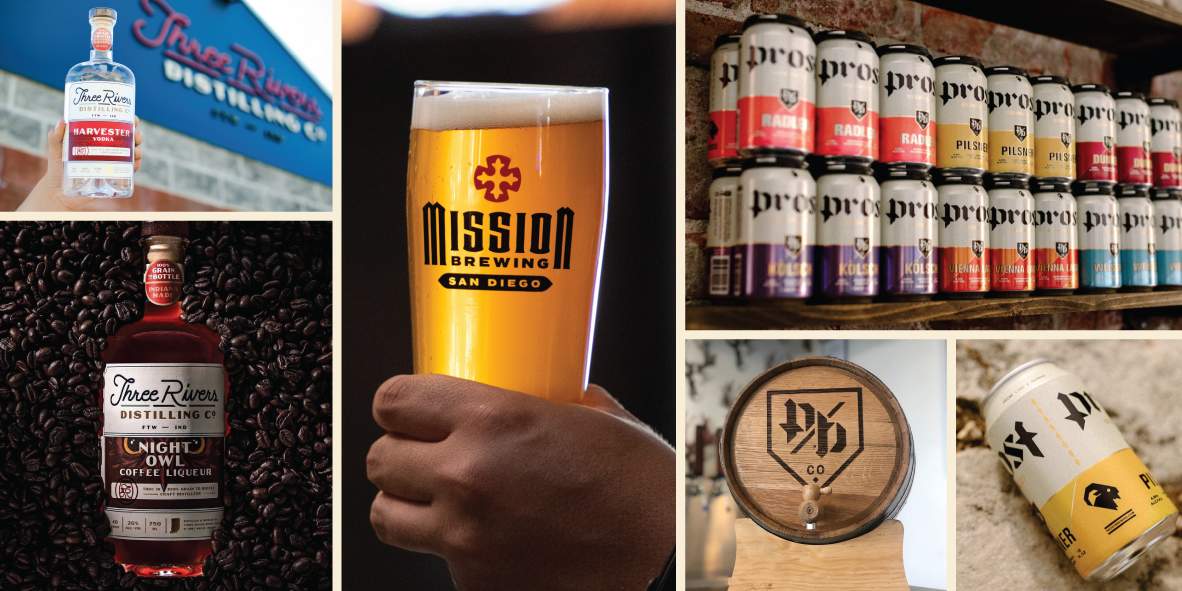
Today, we’re going to discuss a quiet, behind-the-scenes story that we see unfolding across the craft beer industry. Since about Q3 of 2021 to today, we’ve fielded loads of inquiries and projects centered around brewery sales. In most cases, these aren’t headline grabbing M&As like Stone or Modern Times but rather small-to-medium (say, 500 to 15,000 bbls per year) outfits.
So the people we’re talking to (and working with) are usually in one of two camps. They are either about to buy a brewery and want to figure out their immediate next steps from a branding and positioning standpoint once the deal closes. Or, they have recently acquired a brewery, and as part of getting everything up and running during the transition realized they need to address their branding and packaging in some way — generally a refresh or outright rebrand.
—
I’m not sure if all of this is a good sign or a bad sign. The industry has been around, in its current form, since 2010, so it may just be that there are a lot of founders who have been at this for five to 10 years who are ready to move on, and let’s not forget 2020, in particular. The industry is still dealing with fallout from the pandemic — mandatory shut downs, revenue dropping as much as 90 percent over night, major channel shifts, changed consumer drinking habits, obscene input cost increases, labor shortages, inflation, and recession … But unlike 2020, there are no stimulus checks or PPP funds coming, and the RRF seems like it’s tapped out as well. And again, we’re in a recession.
So any one of these could be the deciding factor to pack it in for many founders. I’m guessing here since CODO’s interaction in these scenarios is almost always with the purchasing party and not the outgoing group. (But this isn’t too hard to imagine, right?). Either way, the reasons driving these sales doesn’t matter for our conversation today. What matters is that there are a lot of brewery sales happening right now in the United States, and I suspect this will continue over the next several years.
So back to those folks who are reaching out to us to discuss these sorts of projects. What do you do with a brewery’s brand after you buy it? Let’s discuss this situation and give you some things to think about if you’re shopping for a brewery.
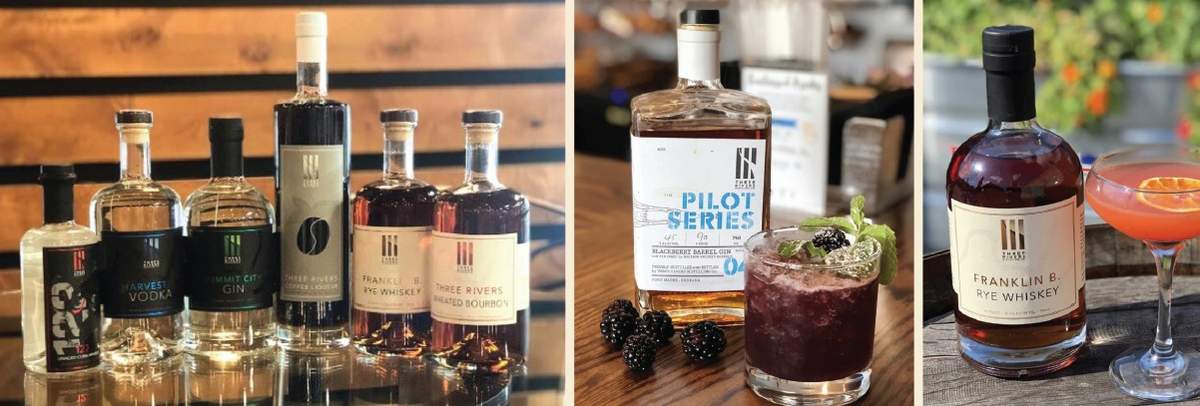
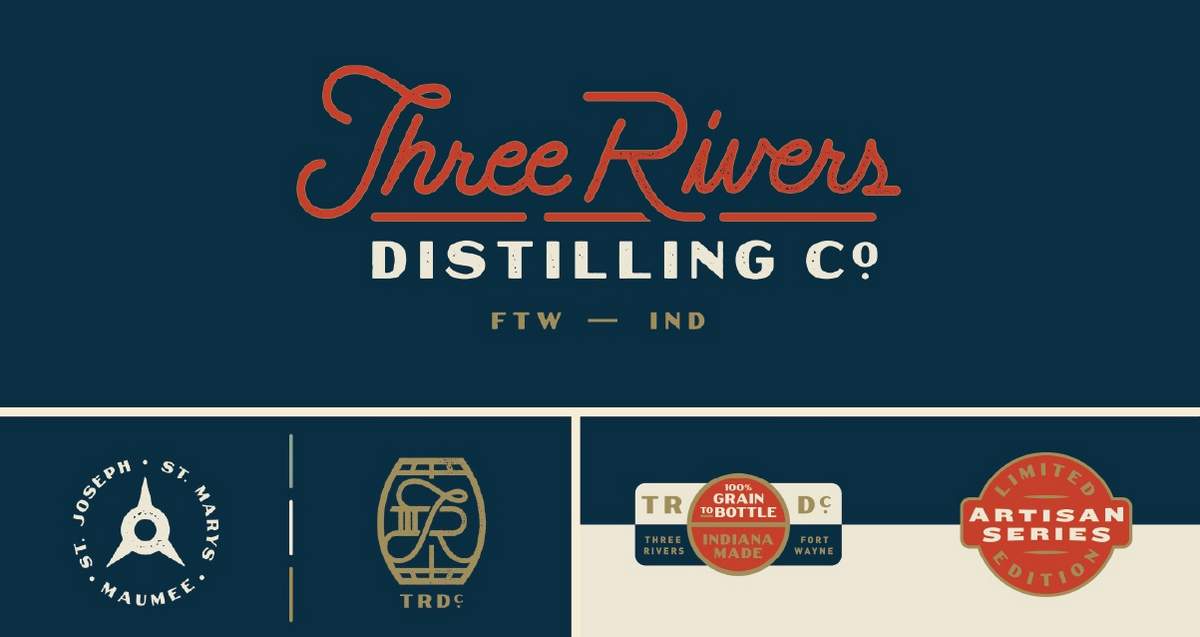
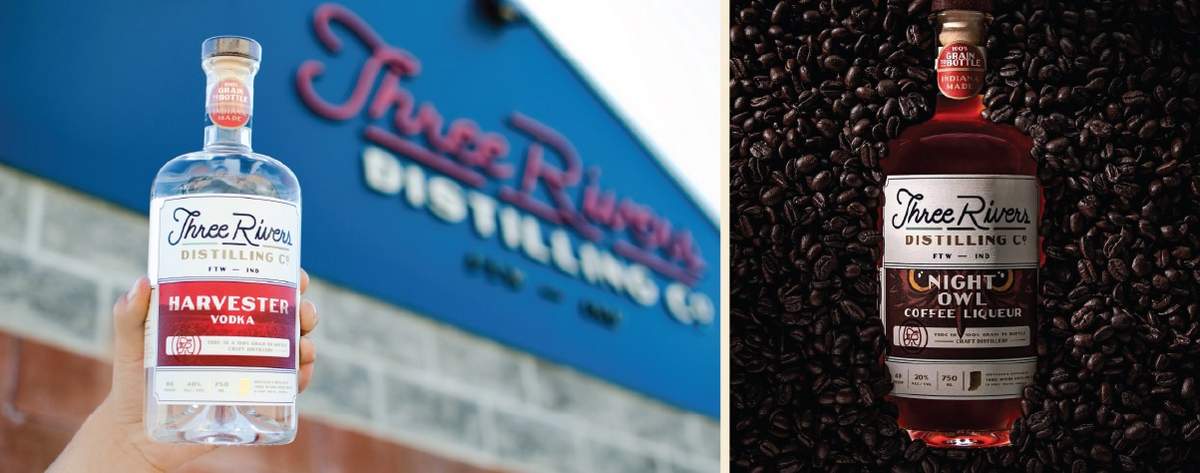
There are three important questions to consider whenever we discuss a situation like this with a potential client:
- What are you actually buying?
- Is there any visual and/or Brand Equity to be retained?
- What is your vision for this brewery?
—
Question 1: What are you actually buying?
A brewery sale can include a lot of things. Firstly, you’re buying tangible assets — a commercial facility, furniture, fixtures and equipment (FFE), the brewhouse, tanks, cold storage, all that beautiful, shiny back of house stuff.
Other things that are generally included in a brewery sale are any leases, existing contracts, sales data, account relationships and even other businesses within the brewery business. So that could be a distribution company, a catering company, etc. For this conversation, we’re focusing on a brewery’s Brand Equity (reputation and goodwill) and Intellectual Property (I.P.).
Tangible assets are usually the most valuable part of a sale (you’ll likely need all of that stuff to continue brewing beer and possibly for securing debt on the entire deal), unless you’re buying a hugely popular brewery. In that case, you might place more value on the brand (and I.P.) itself.
As an example, Ballast Point wasn’t sitting on $1 billion worth of physical assets when it was originally acquired by Constellation. The Ballast Point brand itself (and where Constellation believed it could take that brand) was an outsized portion of that valuation.
When we say brand and I.P. here, we’re talking about things like a brewery’s: name; brand identity system; beer brands (specific names); trade dress; recipes; social channels; key events (festivals, beer releases, etc.). If you’re buying a brewery, you need to consider whether you are buying it primarily because of its tangible assets (and the brand doesn’t really factor into your decision), OR because it has a solid brand with loads of potential.
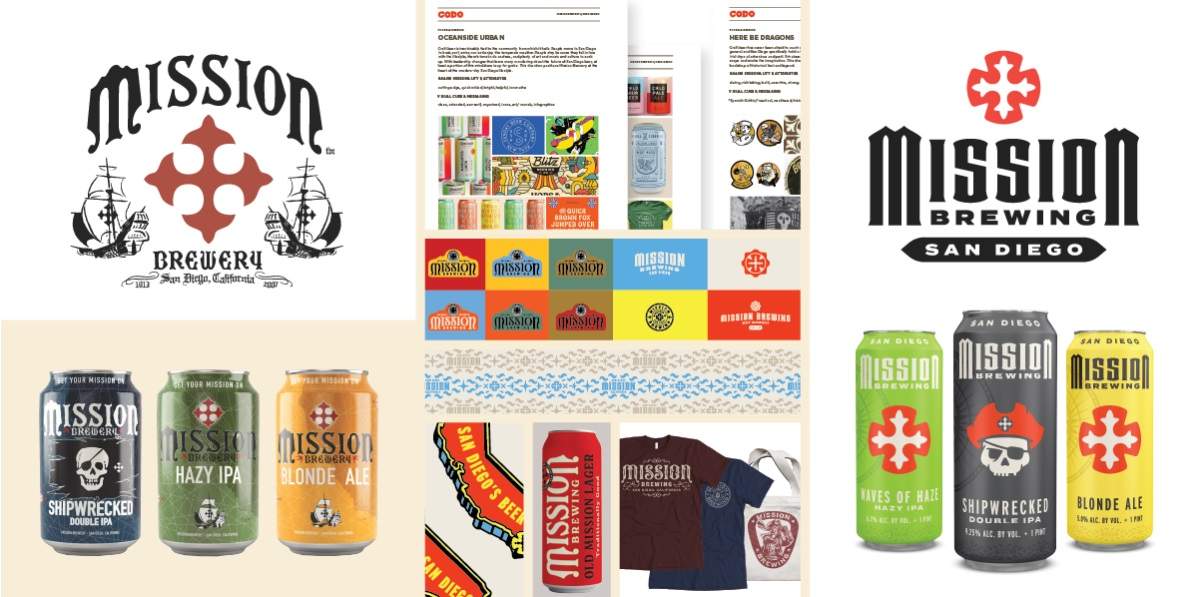

—
Question 2: Is there any visual and/or Brand Equity to be retained?
If you think you’ll want to maintain any of the brewery’s existing I.P. through an update, then you’ll want to conduct a thorough Brand Audit to determine what should stay and what can be jettisoned. We’ve discussed weighing Brand Equity and Brand Audits at length previously. In the interest of keeping this issue from becoming overly-long, here are a few resources to revisit if you’re interested in this topic:
Brewery Rebrand vs. Refresh (Evolution vs. Revolution) [Podcast]
Brand Audits [Craft Beer, Rebranded book]
Important reminder here: Just because the existing brewery brand has some equity doesn’t mean that this equity will help you build the business moving forward.
Here’s an excerpt on this topic from BBT #014: What is Brand Equity?.
Evolution vs. revolution (vs. Brand Equity)
… Let’s start with the idea of having loads of equity when you’re completely wiping the slate clean during a rebrand. The obvious question, and one that spurred a great conversation with our brewery partner, is why are we hanging on to equity, any equity, when we’re purposely moving away from all the things — the story, positioning and perception — that this equity evokes in the first place?
This is like losing 100 lbs and still wearing the same size 52 jeans. If you’ve determined that a brand refresh is in order, then any positive equity may be more important to retain since any forthcoming changes could end up being more subtle and in line with your current look and feel and messaging.
If you’re rebranding (updating your positioning, messaging, brand essence, identity, packaging and certainly when developing a new name) then any existing equity might not be important because you’re changing the narrative in a more profound way.
—
Question 3: What is your vision for this brewery? Where do you want to take this business?
Our final question centers around why you’re buying this brewery. What do you intend to build? Here are a few scenarios:
“We’re going to build something amazing and take over our market.”
If you have grand visions for the brewery and the current branding (identity, packaging, taproom and/or reputation) hinders that in any way, then you move closer to considering a thorough rebrand.
“We’re going to brew some beer and sell whatever we don’t drink!”
If you see this as more of a lifestyle business (we’ve seen several of these operations for sale in particular: e.g. ~3.5 barrel brewery + turnkey taproom for ~ $250k, etc.), then it might not make sense to turn around and make a large investment in your branding. You might still consider (or need) a brand refresh, but it’s not as pressing if your goals and vision don’t call for it.
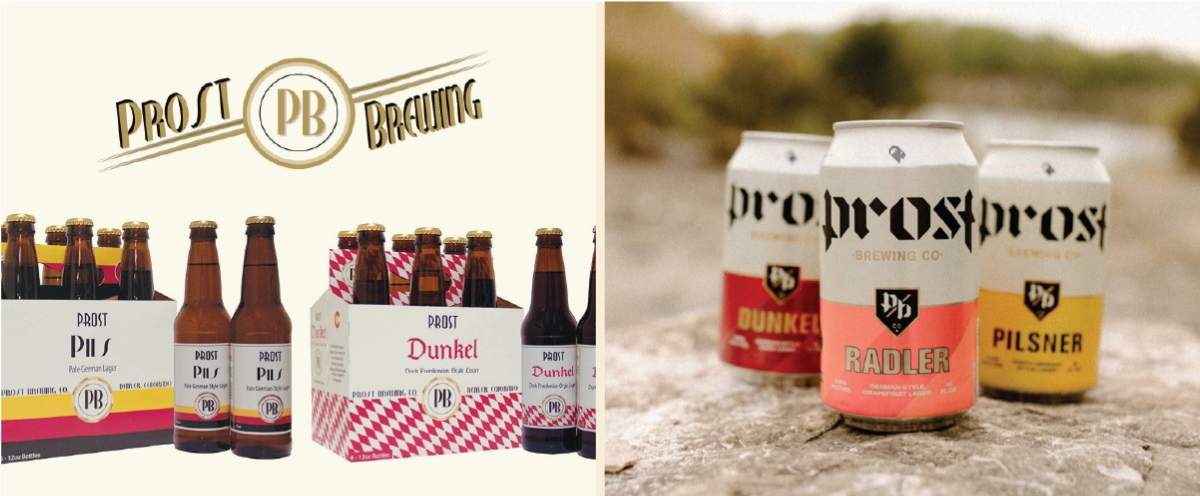
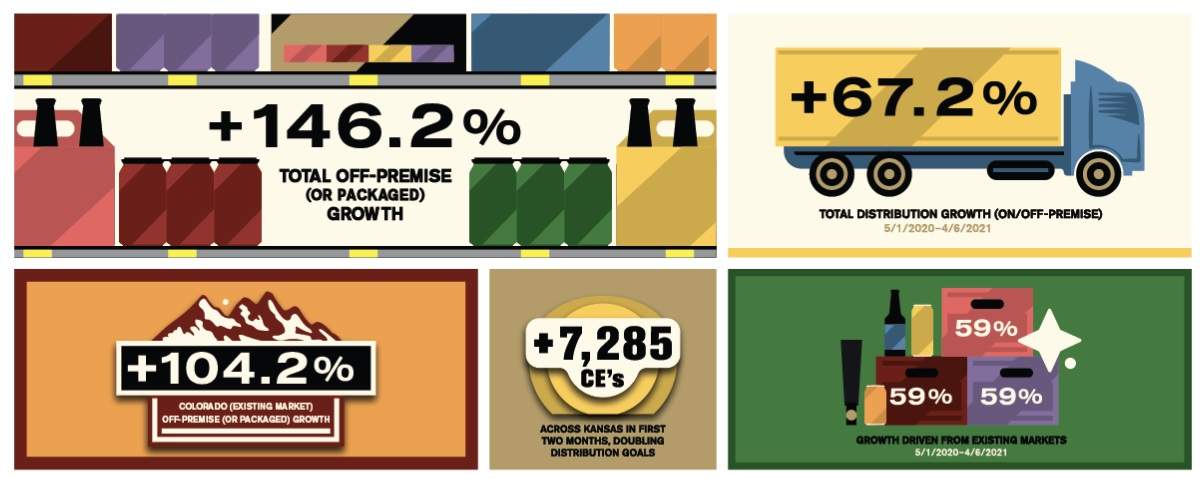
—
Broad stroke guidance
It’s tempting for me to tell you that you’ll need to revamp your branding after buying a brewery no matter how you answer these questions because this would set you up for a running start either way. But a strategically-sound answer is going to be more nuanced than a blanket recommendation like this.
Here are a few broad stroke ideas for you to think about if you’re in this position:
When buying an established, popular brewery
The more well-known and established a brand (how long it’s been open, number of active accounts, annual bbl production, distribution footprint, etc.) the more likely you will want to retain (or at least honor in some way) the brewery’s visual and brand equity. And it’s a safe bet that this equity is probably a driving reason for the purchase in the first place.
So in this case, you could go through some sort of refresh — address some pain points, clean things up and set your team up to manage everything better — but probably not a sweeping rebrand.
When buying a smaller (or even mid-size) brewery
If you’re buying a smaller, or newer brewery (limited production capacity, limited-to-no distribution, likely a small taproom, etc.), then you likely have more leeway to change things up in a major way.So you might consider a thorough rebrand if that aligns with your vision and goals for the business. As always, your project context, competitive set, broader brand strategy and goals should drive all of these decisions.
Check out our Craft Beer, Rebranded book bundle for a comprehensive overview of the rebranding process. The Workbook, in particular, will give you some great tools for conducting a Brand Audit and weighing your Brand Equity.
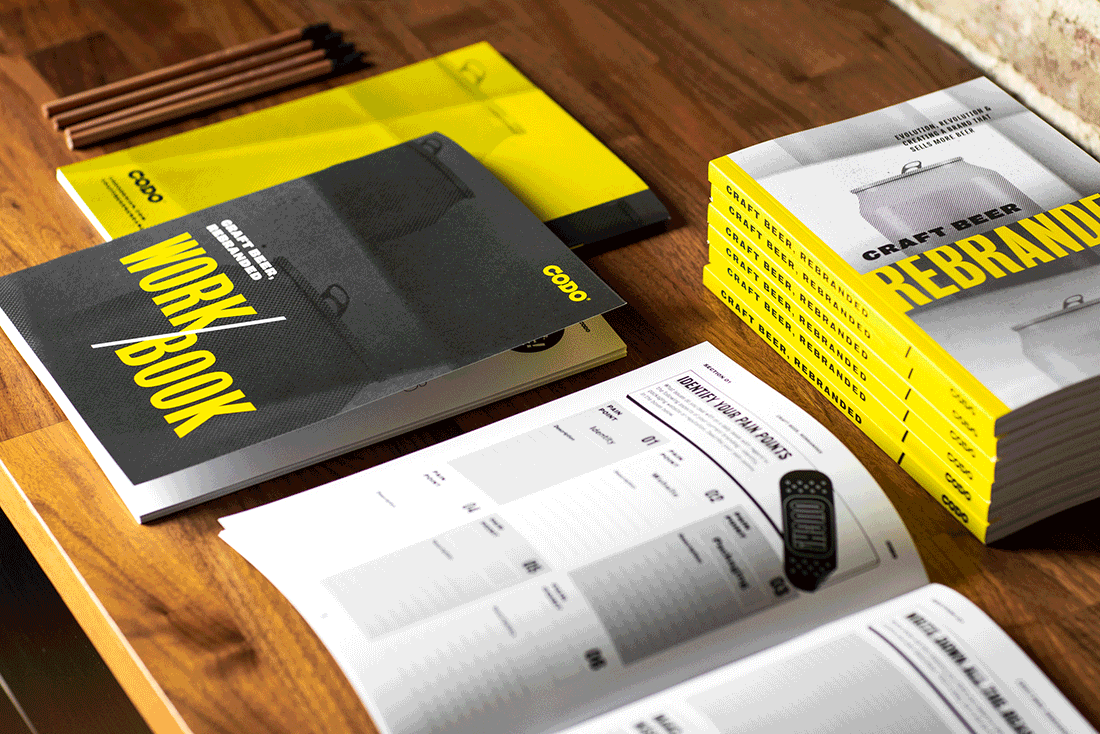
For more insights like this, join nearly 6,000 other subscribers who receive CODO Design’s Beer Branding Trends newsletter each month covering trends, currents and actionable advice from the front lines of beer branding.

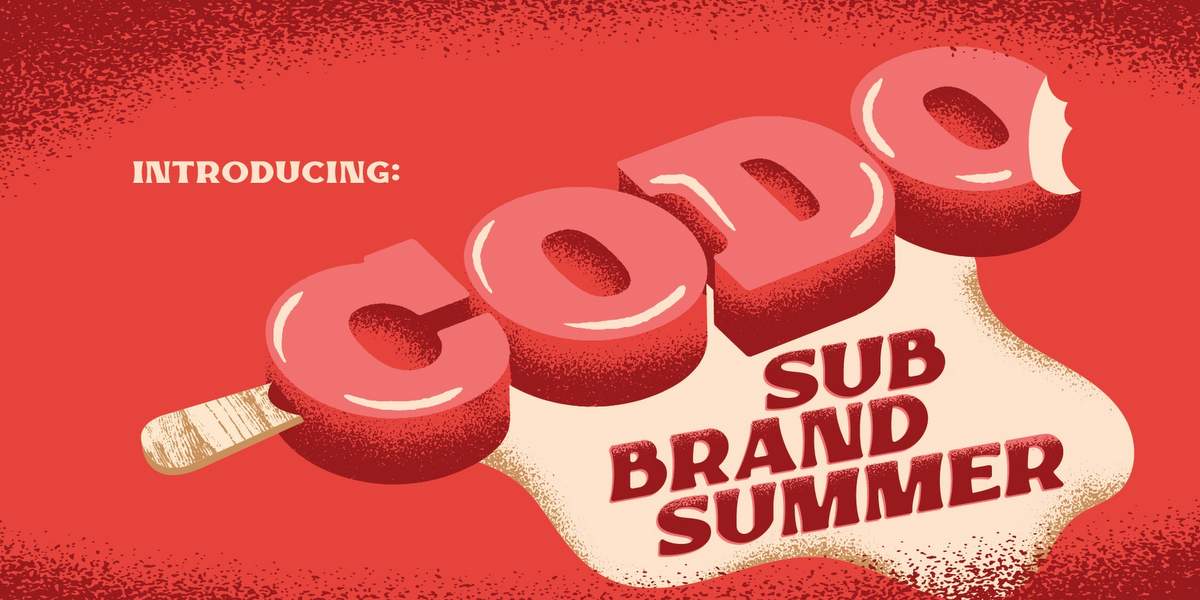
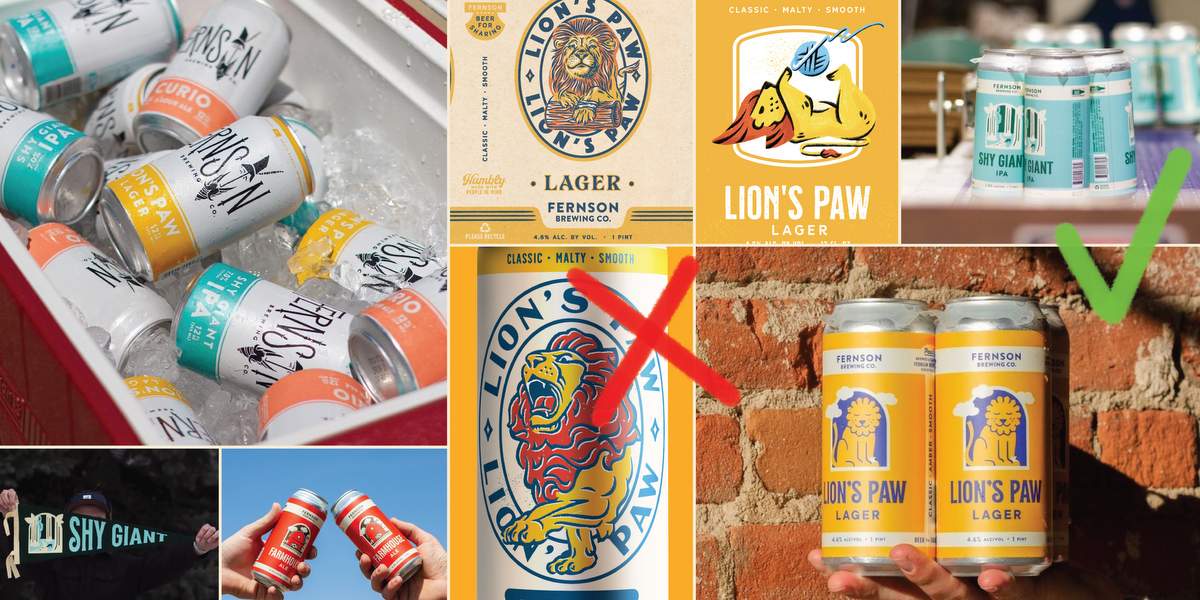
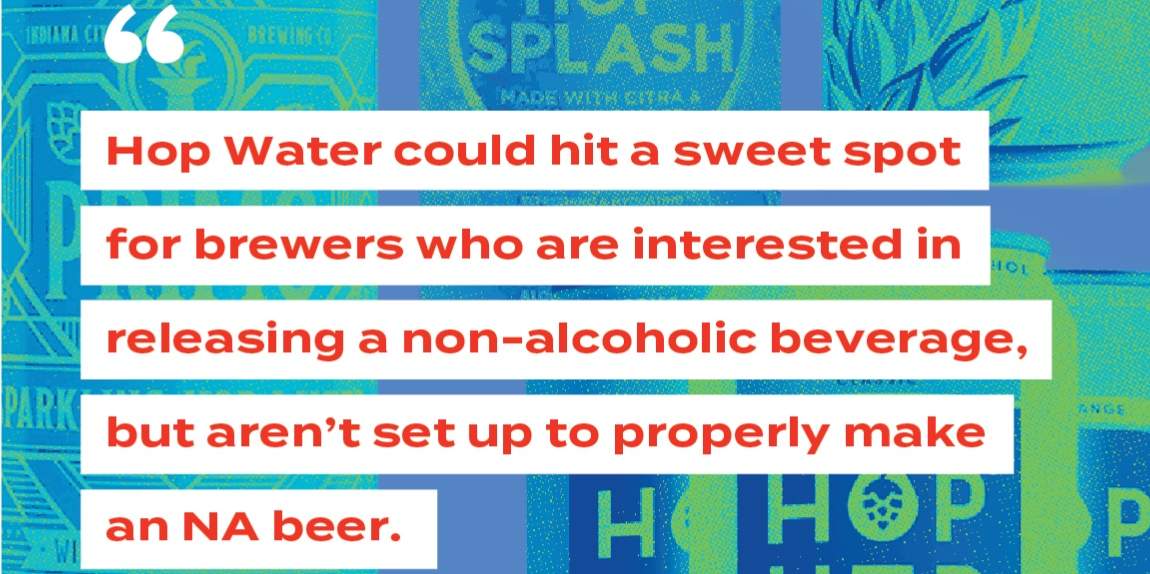
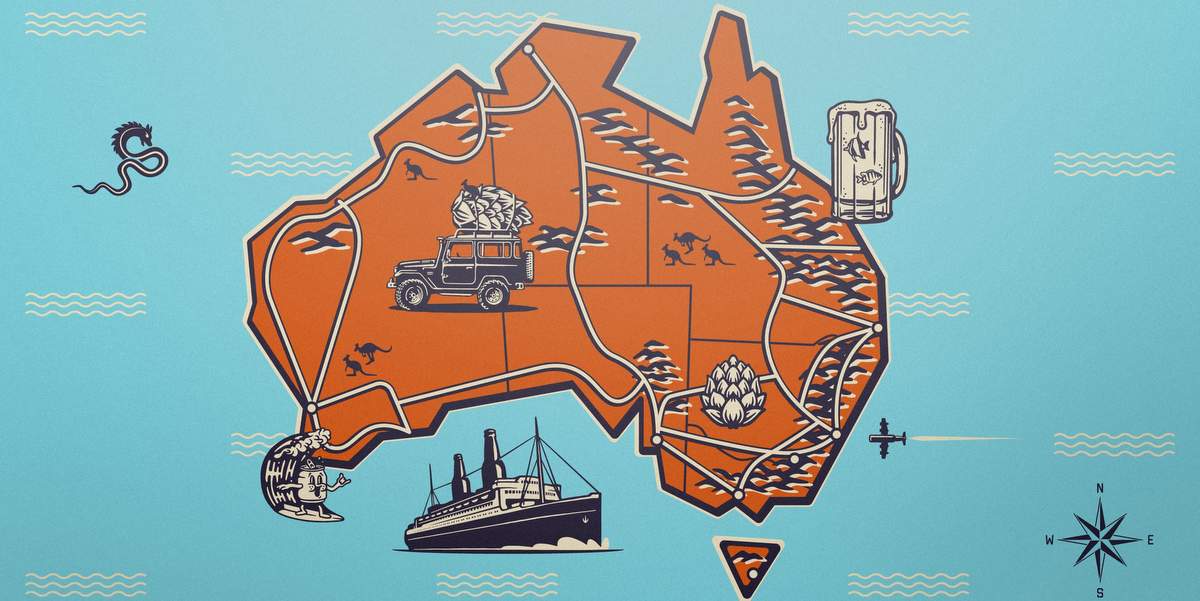
Leave a Reply
You must be logged in to post a comment.